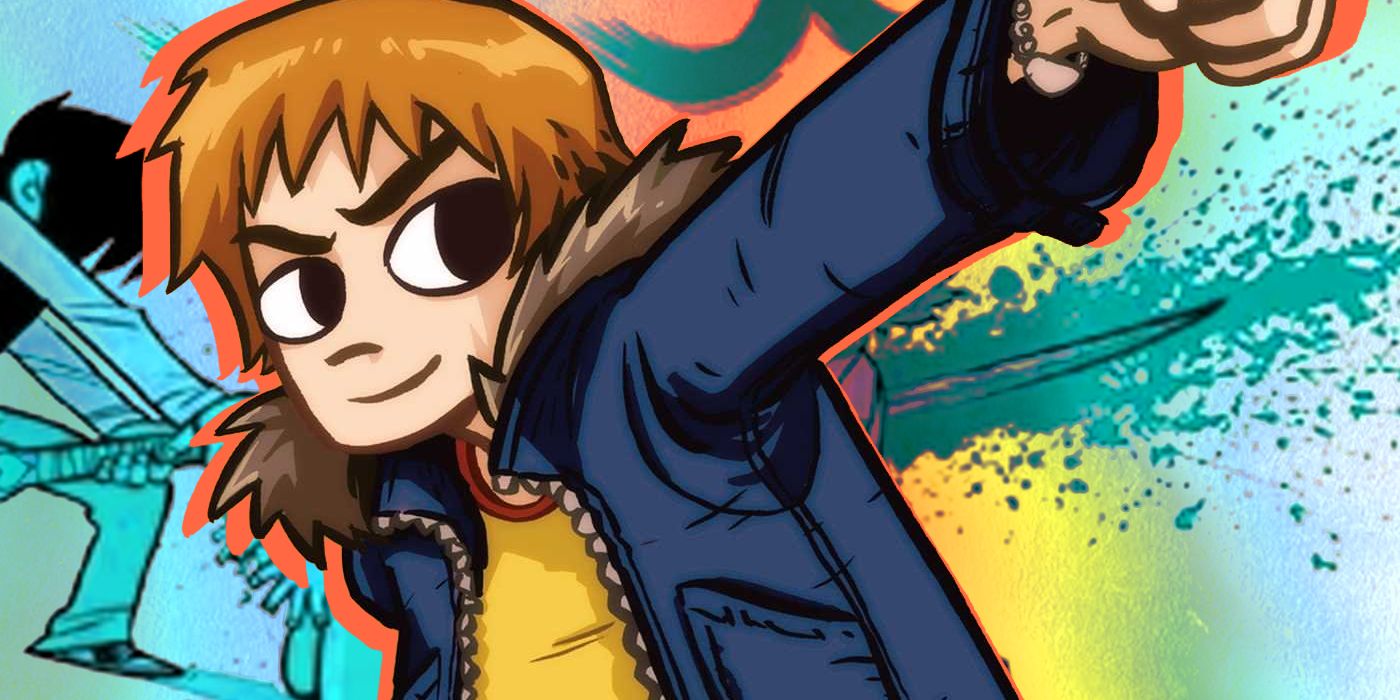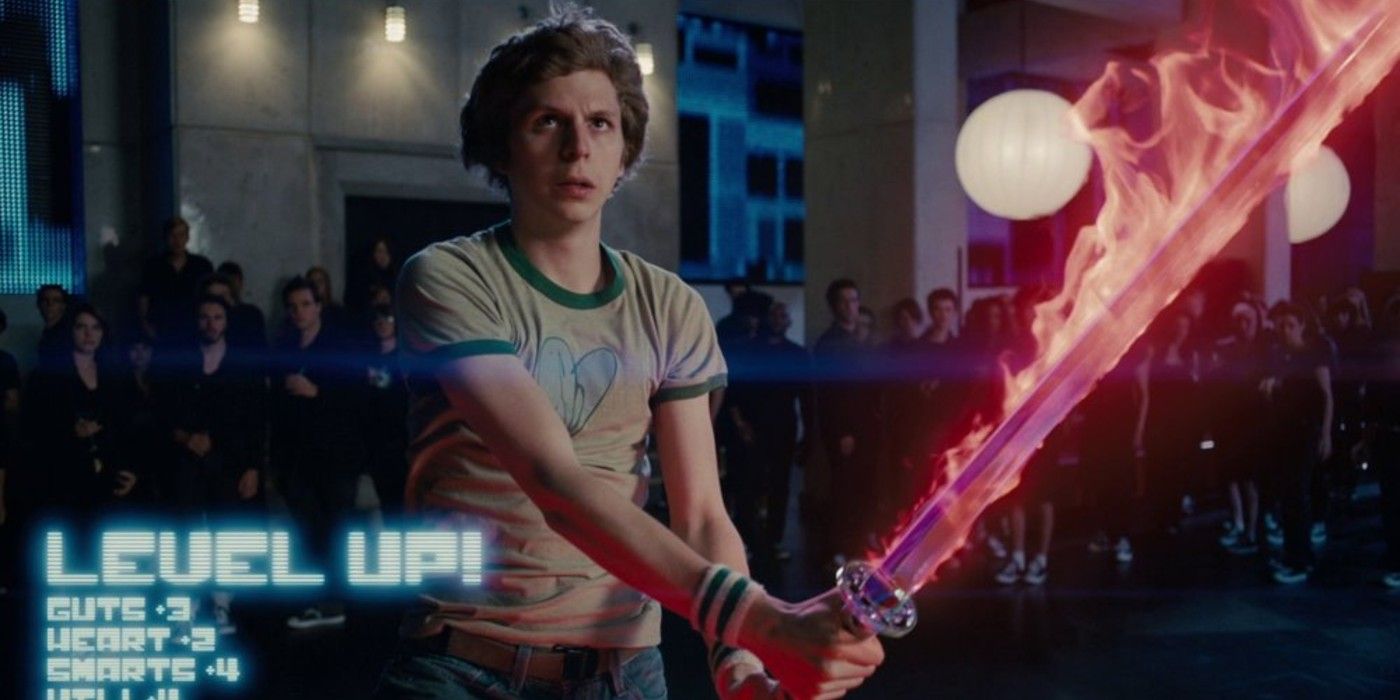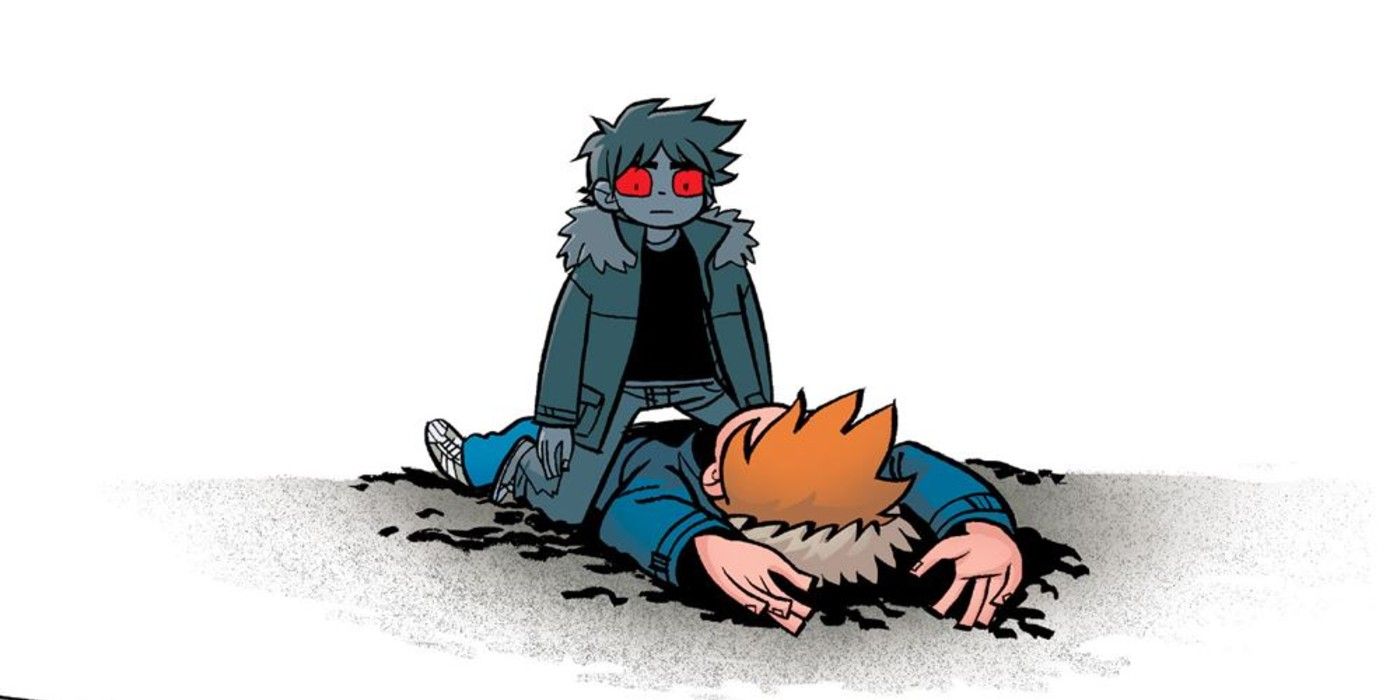
With Edgar Wright's cult classic Scott Pilgrim Vs. The World returning to cinemas on April 30th, plus the shocking return of the long-lost retro-style game adaptation returning to modern consoles, fans will be returning to Bryan Lee O'Malley's original comics as well. New readers may be surprised to find out how different the comic's ending is to the film's.
The events of the film and the events of the original comic stay largely the same up until volume 4 of the series, Scott Pilgrim Gets It Together. While the movie takes place over the course of a week, the comic spans just over a year. The film reduces the obstacles of volumes 4 and 5 to two awesome action set pieces and spreads out the character development throughout the rest of the film.

The real difference comes with volume 6, Scott Pilgrim's Finest Hour. At the time the movie was being made, O'Malley hadn't finished volume 6, leading to a rare situation where the film influenced the comic. The events leading up to the final fight are more fleshed out in the comic, diving into Scott's previous relationships and reconciling with them, but there's an undeniable similarity, at least visually, between both final fights in evil-ex Gideon's Club, the Chaos Theatre.
However once volume 6 gets into its finale, the differences between comic and film start to become all the more apparent. The first big difference comes right at the start of Scott's fight with Gideon. The two soon realize that neither of them has Ramona, nor know where she is. In the movie, Ramona is under Gideon's mind-control influence. Comic Ramona voluntarily leaves Scott in volume 5 and does some soul searching.
The 1-up appears in both the comic and the film, but the way Scott uses it is quite different in the comic. Whereas in the film the 1-up is used to take Scott back to a point in time before the fight began, much like a checkpoint in a videogame, the comic 1-up revives Scott immediately after his death. In the comic, Scott must live with his mistakes rather than getting a do-over like his live-action counterpart.
The checkpoint 1-up escapades of the film had an interesting way of showing Scott's character development. The first time around, he fights for Ramona, earning him the "Power of Love," a flaming red katana. But the second time around he fights for himself, earning him the flaming purple "Power of Self Respect" instead. The comic doesn't have the second sword, instead opting for an entirely different one, the "Power of Understanding," when Scott finally understands Gideon and himself.

After Gideon is defeated in the film, an important character from the comic appears and shows the film's biggest deviation from the comic -- the Nega-Scott. In the film, Nega-Scott actually doesn't fight Scott at all, with Scott telling Ramona and Knives he's actually just a "really nice guy". In the comic, Nega-Scott is an important part of Scott coming to terms with his mistakes. Whilst visiting Kim as part of a "wilderness sabbatical," he tries to kill Nega-Scott so he can forget Ramona and move on. Realizing he must remember his mistakes, Nega-Scott stops fighting and becomes one with Scott.
The comic and the film also differ in who Scott fights alongside in the end. In the film, Knives helps Scott beat Gideon, whereas in the comic, it's Ramona. Movie Scott gets a second chance with everyone and everything, but comic Scott doesn't get that luxury. He has to fight to right his mistakes and make amends. The end result is a Scott Pilgrim that becomes far more deserving of his relationship with Ramona.
0 Comments